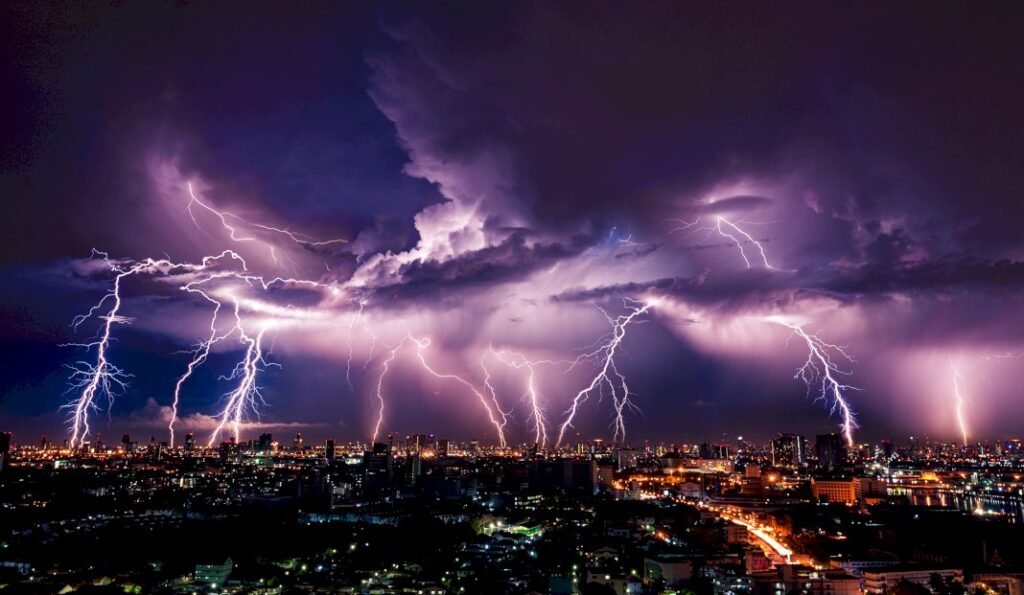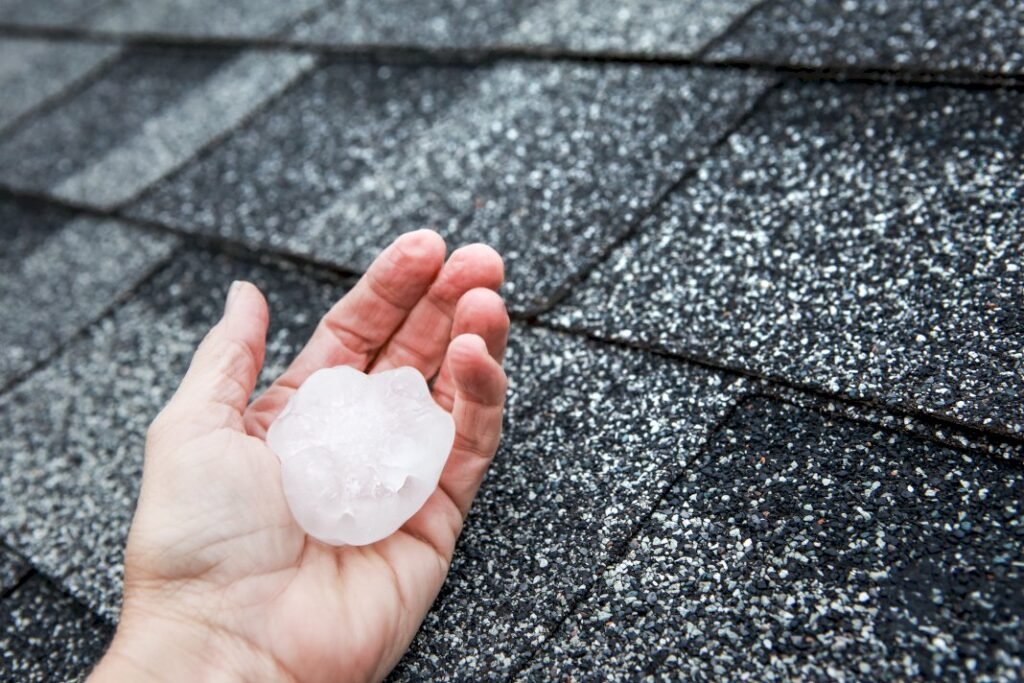- Homes are vulnerable to external threats like storms, hail, fires, and human activities, necessitating proactive protection measures.
- Massive storms can cause extensive damage, but timely intervention and professional restoration can mitigate its effects.
- Hailstorms can impact roofs, siding, windows, HVAC systems, and landscaping, leading to potential damage and energy inefficiency.
- Fires pose significant threats, but the damage can be minimized with preventative steps, fire safety equipment, and professional restoration.
External damages continually threaten homes due to the forces of nature and human activities. Weather elements such as wind, rain, snow, and sunshine can gradually degrade the structural integrity of a home. For instance, wind and rain can erode roofing materials, while extreme temperatures can cause the expansion and contraction of building materials, leading to cracks over time. Apart from natural factors, human activities like construction work in the vicinity can also damage property. According to the Insurance Information Institute, property damage, including theft, accounted for 97.7 percent of insurance claims in 2021. This statistic underscores the ongoing vulnerability of homes to external threats.
As a homeowner, you must proactively protect your home from these potential damages. One of the essential steps towards safeguarding your property is to conduct regular maintenance checks. This process involves inspecting all areas of the home, including the roof, walls, windows, doors, foundation, and landscape. However, being aware of the common external threats can help you prioritize your maintenance efforts and take preventive measures. So, what are these external threats that put your home at risk?
Massive Storms

Massive storms transform into formidable external threats due to their potential to cause extensive damage to homes. They can lead to many issues, such as roof damage from high winds, flooding from excessive rainfall, and even structural damage from falling trees. Understanding the impact of these storms is critical as it allows homeowners to prepare and respond appropriately, thus minimizing the potential damage.
Water damage emerging from storms is one of the most common aftermaths homeowners face. A quick response is essential in this scenario as lingering water can lead to mold growth, further damaging the property and posing health risks. Engaging professional water damage restoration services is a highly effective solution for such situations. These experts can quickly assess the extent of the damage, extract standing water, dry and dehumidify the area, and perform necessary repairs. Their specialized equipment and comprehensive training ensure your home’s restoration to its pre-loss condition quickly and efficiently.
While prevention should be the primary strategy, knowing how to repair and restore in the aftermath of a storm is equally crucial. This includes understanding your insurance policy, identifying and documenting damage effectively, and being familiar with trustworthy home restoration services in your area. Ultimately, a well-informed homeowner stands the best chance of protecting their investment from the threat of massive storms.
Destructive Hails

Hailstorms, characterized by ice pellets, pose a significant threat to residential properties. Their destructive capacity lies in their ability to rapidly and severely damage multiple aspects of a home, mainly if the hailstones are large.
Roof Damage
The roof is perhaps the most susceptible part of a home during a hailstorm. Hail can cause dents, cracks, or even punctures in roofing materials, leading to leaks that can further compromise the structure.
Siding and Window Damage
Hail can also wreak havoc on a home’s siding and windows. This results in dents or cracks that dampen the house’s aesthetic appeal and expose it to potential water damage. There will also be a higher risk of drafts and air leakage, leading to energy inefficiency and increased utility bills.
Damage to HVAC Systems
Outdoor components of HVAC systems, like air conditioning units, are often overlooked. These can sustain severe damage during a hailstorm, affecting the system’s efficiency and lifespan. You can minimize the risk of this damage by covering these units or moving them to sheltered areas.
Landscape Damage
Lastly, hailstorms can cause significant damage to your home’s landscaping. Trees and plants may be severely damaged or uprooted, potentially posing additional risks to the structure of your house. Regular inspection and pruning can help mitigate these risks.
Fires
Fires represent one of the most devastating external threats to homes. Whether due to natural disasters like wildfires or human activities such as unattended cooking or faulty wiring, fires can engulf a house in minutes, wreaking irreversible damage to the structure and the belongings inside. Beyond the immediate threat of destruction, residual effects such as smoke damage can further harm the property’s interior, and water used to extinguish the blaze can lead to secondary water damage and potential mold growth.
Prevention and Precautions
Preventing a home fire involves both proactive measures and awareness. Regular inspections of electrical systems and appliances can identify potential problems before they escalate. Additionally, homeowners should exercise caution with open flames, like candles or fireplaces, and never leave cooking unattended. Installing and maintaining smoke detectors is also crucial, as early detection can save lives and minimize damage.
Fire Safety Equipment
Equipping your home with fire safety devices such as fire extinguishers, fire blankets, and escape ladders contributes significantly to fire prevention. Regularly check these devices to ensure they are in good working condition.
Landscaping and External Precautions
Maintaining a defensible space around the property for homes prone to wildfires can slow the fire’s spread and protect the house. This involves pruning trees, removing dry vegetation, and choosing fire-resistant plants for landscaping.
Damage Repair and Restoration
Despite best efforts, if a fire does occur, homeowners should focus on the safe and effective restoration of their property. Engaging a professional fire restoration company is advisable, as they are equipped to handle the complexities involved in the cleanup and restoration process. These experts will conduct a thorough assessment, remove soot and smoke residues, repair structural damage, and deodorize the property, restoring it to its pre-loss condition.
Final Thoughts
Protecting your home from external threats requires a combination of proactive measures and reactive strategies. Regular maintenance checks, awareness of potential hazards, and preparing for their aftermath are crucial to safeguarding your property and minimizing damage. As a homeowner, you must stay informed about the threats that can compromise your investment and take appropriate action to protect it.